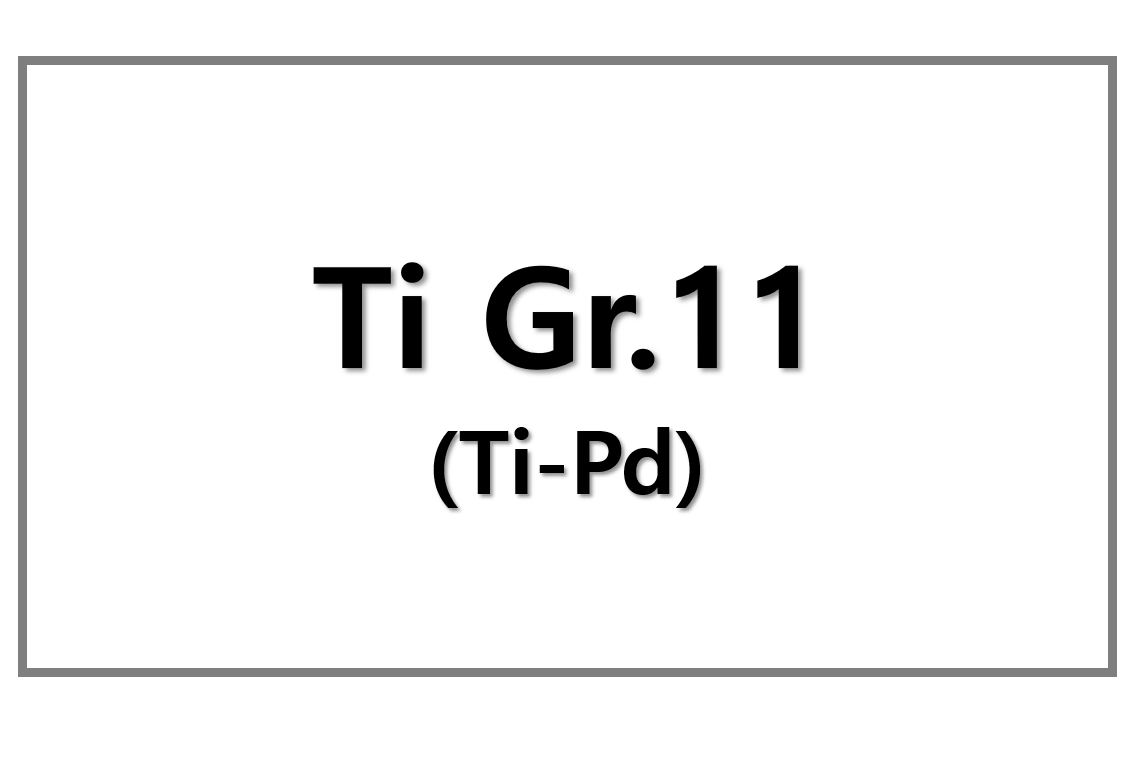
Starting February 1, 2025, the United States will implement a 25% tariff on goods imported from Canada and Mexico, and a 10% tariff on imports from China. These countries account for over one-third of U.S. imports. In response, Canada, Mexico, and China have vowed to impose retaliatory tariffs on U.S. goods entering their markets.
The White House is expected to provide further details regarding the tariffs, including whether the action will be formalized through an executive order. However, this move is separate from the ongoing reviews of existing tariffs on steel and aluminum, as well as other trade-related measures that President Trump instructed his cabinet to examine, such as Section 232 tariffs and the United States-Canada-Mexico Agreement (USMCA).
Potential Impact on the U.S. Aluminum Industry
At the S&P Aluminum Symposium in January 2025, the potential impact of these tariffs on the U.S. aluminum market was a key point of discussion. U.S. aluminum manufacturers rely heavily on imports from Canada, which supplies nearly 70% of the nation’s prime aluminum.
Industry professionals, such as Karen Norton, principal aluminum analyst at S&P Global Commodity Insights, noted the significant role of Canadian aluminum in U.S. production. However, opinions on the tariffs are divided. Rich Burchett, chief metals officer at Commonwealth Rolled Products, expressed that while tariffs could drive up aluminum prices in the U.S., this could push manufacturers to seek alternative materials.
Jeff Turner from Southwire highlighted the increased uncertainty due to these tariffs, as his company has been holding more material in inventory in anticipation of supply chain disruptions. Meanwhile, Renato Bacchi of Alcoa warned that the tariffs would not only affect aluminum prices but also alter global supply flows. Canadian aluminum, previously sold to the U.S., could now be redirected to Europe, while more aluminum from the Middle East and India might flow into the U.S.
Consumer Impact and Market Volatility
The imposition of these tariffs is expected to add price pressure on U.S. consumers. Matt Rohm, CEO of MX Holdings, stressed that rising input costs, due to tariffs, will ultimately be passed on to consumers. This could have a ripple effect on the aluminum industry, as financially burdened consumers may reduce their demand for aluminum products. With aluminum prices likely to fluctuate, market participants will need to navigate through increased volatility.
As the U.S. moves forward with these new tariffs, the aluminum industry must brace for a shift in supply dynamics and pricing, potentially reshaping trade relations and market flows.











Leave a Reply
You must be logged in to post a comment.